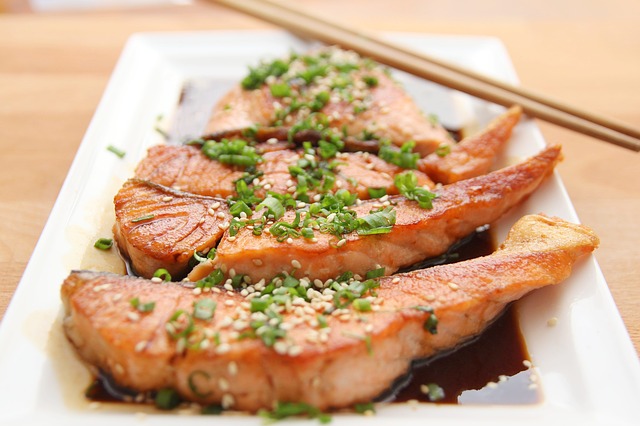Many stories have emerged lately detailing what we really consume when we eat fish, and a paper written by academics from the Department of Chemistry at the University of the Western Cape (UWC) states that fish caught by commercial fisherman are loaded with all sorts of chemicals.
The paper took a look at the fish caught by small-scale fishermen in Hout Bay, and found that many species were contaminated by painkillers, disinfectants, industrial chemicals, and antibiotics. The species tested include the Cape bream, bonita, snoek, and panga. All were obtained from catches in 2017.
The fish were all tested for various chemical compounds in their gills, intestines and livers, proving just how deep into the food chain pollution has seeped.
Anti-inflammatories including Diclofenac and Acetaminophen, the antiepileptic drug Carbamazepine, the disinfectant Triclosanthe, and antibiotic Sulfamethoxazole were among the pharmaceutical compounds found in the fish.
“Overall, diclofenac had the highest concentration out of all the pharmaceutical compounds,” the report reads.
The report also states that each compound has a different acute and chronic risk associated with it, and the presence of these pharmaceutical compounds in fish can be attributed to untreated sewerage flowing into the oceans. Stormwater may be a probable source of pesticides and industrial chemical pollution.
Source: GroundUp
Picture: Pixabay

